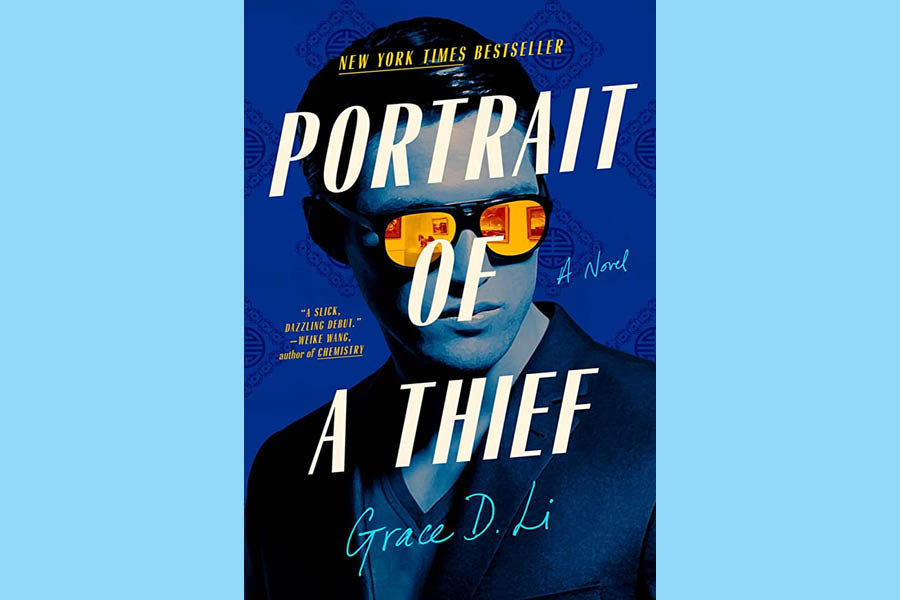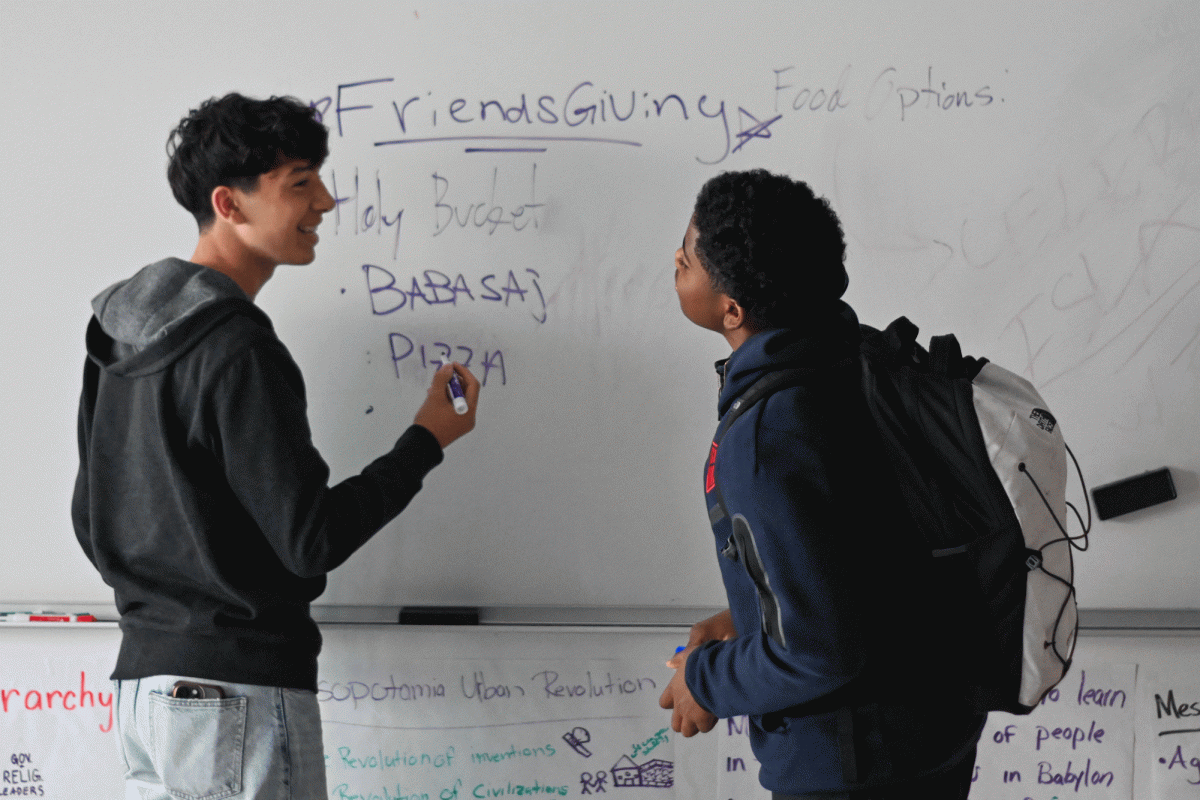Through art heist, novel explores identity, culture
March 6, 2023
Only conquerors write history. Across the world, museums showcase art plundered, stolen, looted through war and colonialism, kept even now. Five Chinese American undergraduate students plan to steal priceless art back for China, and the stakes are high: If they succeed, each of them will receive $50 million. If they fail, not only will their futures shatter, but they will lose yet another chance to reclaim what colonialism has stolen.
“Portrait of a Thief” by Grace D. Li is a story about an art heist, self-discovery and a reckoning with the Chinese American past, present and future. While not without its faults, it’s a powerful novel that explores nuances of the Chinese American diaspora.
Though the story is told from five rotating viewpoints, allowing the reader to connect with each character individually, all are fully developed. Each contributes different perspectives and backgrounds that help illustrate the range of experiences Chinese Americans may have.
With vivid descriptions and lyrical prose, emotional and physical imagery are key components that make “Portrait of a Thief” so compelling. Still, there is little variation in writing style, even as perspectives switch from character to character.
However, the book does not always “debunk” stereotypes and sometimes even seems to support them. All central characters were admitted to and thrived at elite universities and exhibit strong familial piety, and the cultural and linguistic distinctions between immigrants from Hong Kong and mainland China are too fuzzy. Still, the driving puzzle of the novel (stealing art!) pushes back at the idea of the “model minority.”
“Portrait of a Thief” uses an art heist as a catalyst for exploring personal and cultural identity, the implications of having ties to two competing countries and examining the lingering effects of colonialism. While an imperfect and incomplete examination of Chinese American experiences, it’s a must-read for those looking to explore other cultures through a novel.












